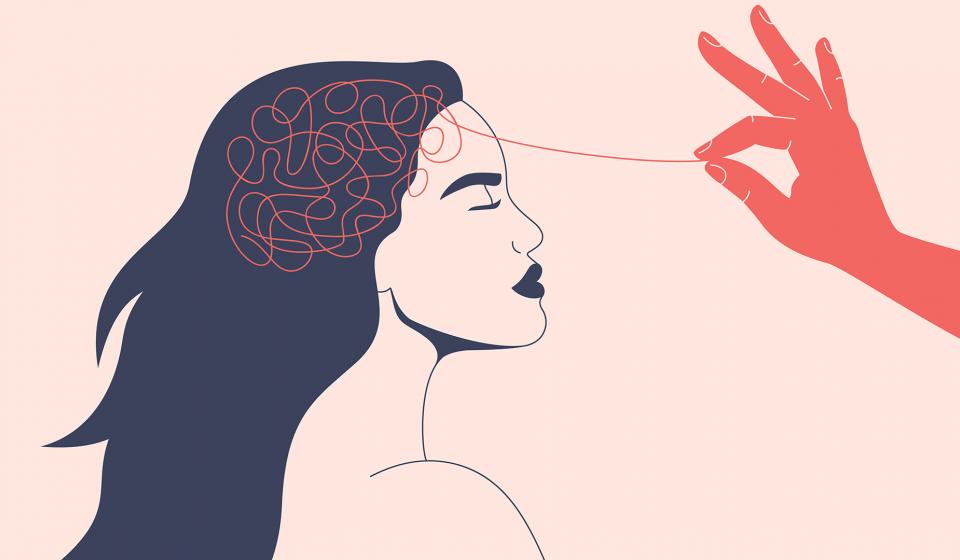Addressing Social Stigma in Communities with High Crime Rates

Introduction
Communities with high crime rates often face a unique and pervasive form of social stigma that impacts both the individuals living in those communities and the communities as a whole. This stigma, which is often rooted in negative stereotypes, can perpetuate a cycle of marginalization, hindering efforts to promote social integration, safety, and progress. The stigmatization of these communities can lead to discrimination, diminished resources, and further isolation, preventing the affected individuals from breaking free from cycles of poverty, crime, and exclusion. This article explores the challenges posed by social stigma in high-crime communities, its far-reaching impacts, and strategies for addressing and reducing this stigma to pave the way for healing and empowerment.
The Root Causes of Social Stigma in High-Crime Areas
The social stigma surrounding high-crime neighborhoods is often fueled by broad generalizations and stereotypes about the people who live there. These communities are frequently depicted as dangerous, impoverished, or morally compromised in the media and public discourse. As a result, individuals living in these areas can be unfairly labeled as criminals or troublemakers, regardless of their personal actions or values. These negative perceptions not only affect the residents’ sense of self-worth but also shape how outsiders view and interact with them.
Crime rates, poverty, and lack of access to education or employment opportunities contribute to the marginalization of these communities. However, the stigma exacerbates these problems by reinforcing a perception of hopelessness, reducing the likelihood that individuals within these communities will receive the help or opportunities they need to succeed.
The Effects of Social Stigma on Individuals
For individuals living in high-crime areas, social stigma can have profound emotional, psychological, and social effects. The constant pressure of being judged based on where they live or their association with a particular neighborhood can lead to feelings of shame, embarrassment, and isolation. These feelings may prevent them from seeking support or engaging with opportunities that could help them improve their lives.
The stigma may also affect mental health, contributing to issues such as anxiety, depression, and low self-esteem. Additionally, the fear of being labeled a criminal can prevent individuals from engaging in community activities or contributing to positive changes, as they may worry about being further ostracized.
Furthermore, children growing up in these communities are particularly vulnerable to the negative impacts of stigma. They may face discrimination in schools, struggle with poor academic outcomes due to limited resources, and be less likely to pursue higher education or employment opportunities, perpetuating the cycle of poverty and marginalization.
The Impact of Stigma on Community Empowerment and Progress
Social stigma can prevent entire communities from moving forward. When residents of high-crime neighborhoods are continuously stigmatized, they may internalize these negative views and lose faith in their own potential. This can create a self-fulfilling prophecy, where the stigma becomes a barrier to individual and collective progress.
Moreover, when communities are stigmatized, they may be overlooked or ignored by policymakers, social service providers, and other institutions that could offer support. As a result, these communities may struggle to attract resources, investment, or positive attention, hindering efforts to improve infrastructure, education, employment opportunities, and safety.
The stigma also creates barriers to trust. Residents may be less likely to engage with law enforcement, social workers, or community leaders due to fear of judgment, mistrust, or previous negative experiences with authorities. This lack of cooperation can make it difficult to address the root causes of crime and find lasting solutions.
Breaking the Cycle: Strategies to Address Social Stigma
Addressing social stigma in high-crime communities requires a multifaceted approach that focuses on changing perceptions, providing resources, and empowering individuals to take control of their own narratives. Below are some key strategies that can help break the cycle of stigma:
- Education and Awareness Campaigns:
Public education campaigns are essential for shifting perceptions about high-crime communities. These campaigns can highlight the resilience, potential, and humanity of residents, helping to counteract stereotypes. They can also emphasize the complex socio-economic factors that contribute to crime, urging a more compassionate and nuanced understanding of these communities. - Community-Led Initiatives:
Empowering residents to take the lead in addressing their own issues is a powerful way to combat stigma. Community-driven initiatives, such as local advocacy groups, neighborhood clean-up efforts, or youth mentorship programs, can help change the narrative and demonstrate the positive contributions that residents are making. When communities are empowered to solve problems locally, they challenge the idea that they are helpless or inherently troubled. - Improving Access to Resources:
Reducing stigma is not just about changing attitudes; it’s also about addressing the structural issues that contribute to marginalization. Providing access to education, employment opportunities, mental health services, affordable housing, and legal aid is essential for enabling individuals to break free from cycles of poverty and crime. These resources help to address the underlying causes of crime, empowering individuals to improve their lives and challenge the negative stereotypes they face. - Media Representation and Storytelling:
Media plays a significant role in shaping public perceptions. Positive representation of individuals and communities in high-crime areas can help to humanize them and counteract stereotypes. Documentaries, films, news stories, and social media platforms can be powerful tools for amplifying the voices of those living in these communities, sharing their stories, and showing the complexity of their lives. This can help foster empathy and reduce bias. - Restorative Justice and Rehabilitation:
Restorative justice programs, which focus on healing and rehabilitation rather than punishment, can help rebuild trust between communities and law enforcement. These programs emphasize accountability, personal growth, and community restoration, offering individuals a second chance and encouraging positive behavior change. By focusing on rehabilitation rather than punishment, restorative justice can help shift the narrative around crime and its perpetrators. - Fostering Social Cohesion:
Building strong social ties within the community is essential for breaking the cycle of stigma. Encouraging social cohesion through community events, youth programs, and collaborative projects can help create a sense of belonging and pride. When individuals feel connected to their community, they are less likely to internalize negative stereotypes and are more likely to contribute to positive change.
Conclusion
Social stigma in high-crime communities is a barrier to social inclusion, economic progress, and personal empowerment. It perpetuates cycles of poverty, discrimination, and isolation, making it difficult for individuals to break free from the challenges they face. Addressing this stigma requires a holistic approach that includes education, community-led initiatives, resource access, and positive media representation. By fostering empathy, providing opportunities, and empowering residents to take control of their own narratives, we can reduce the stigma surrounding high-crime areas and create communities that are resilient, inclusive, and capable of achieving lasting change.










